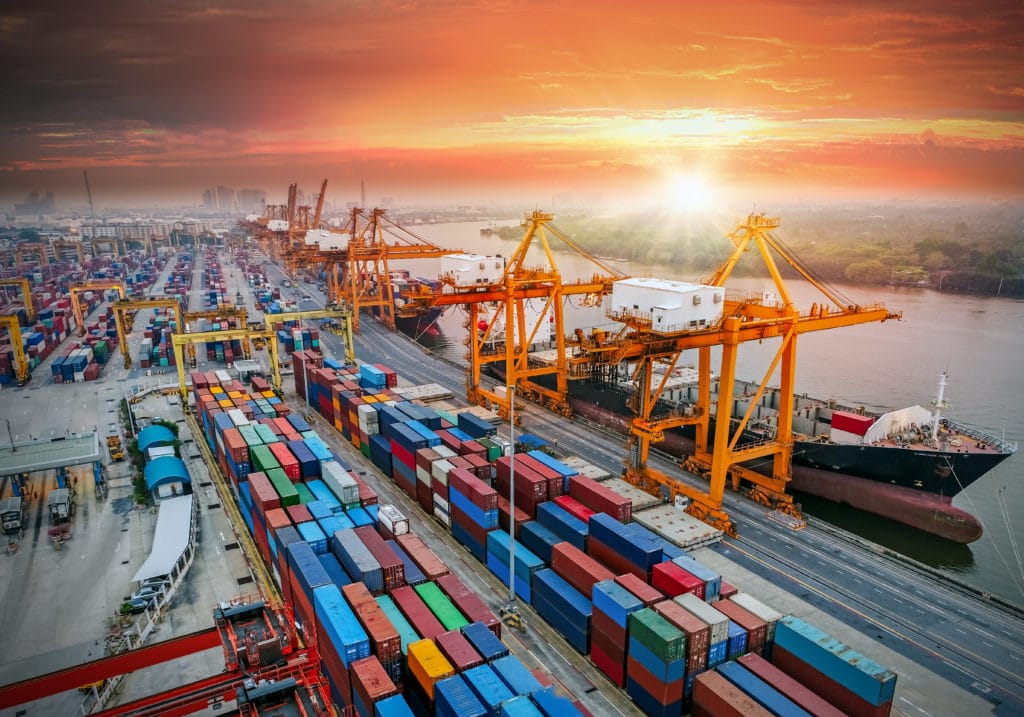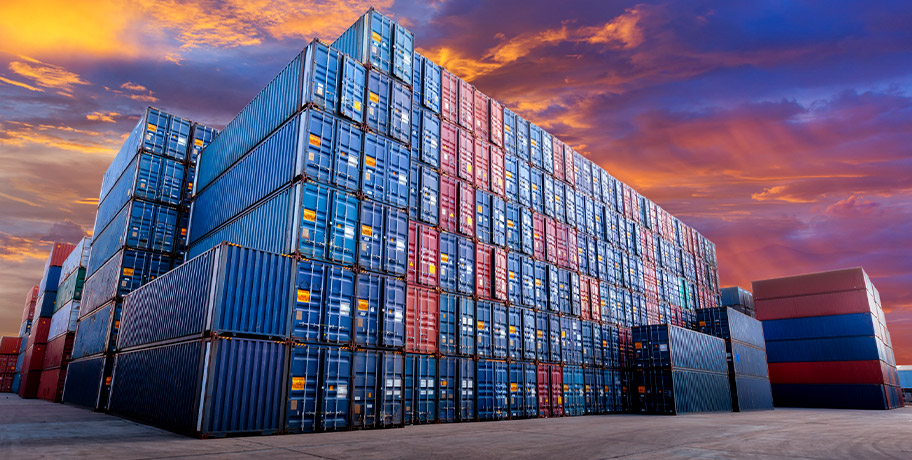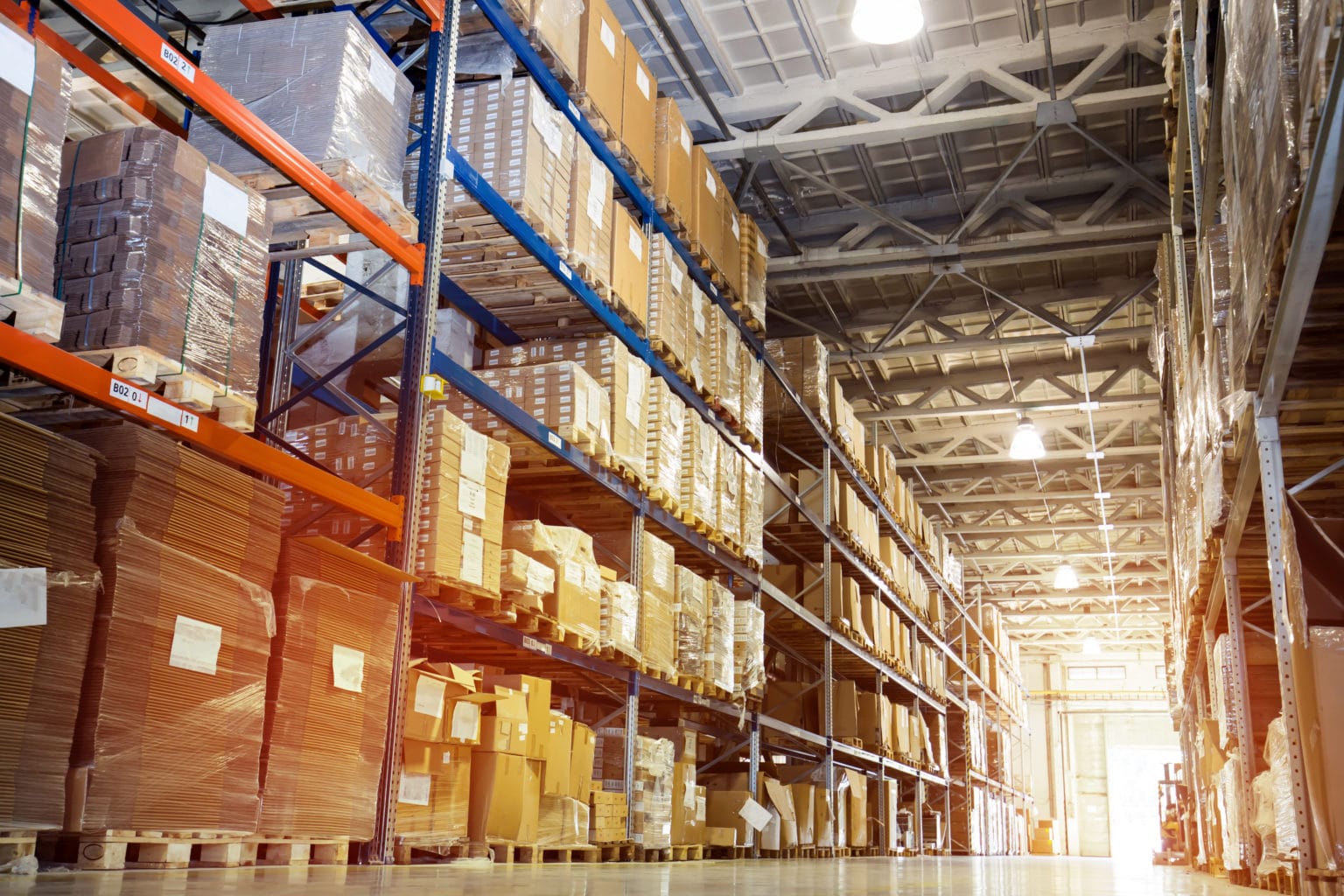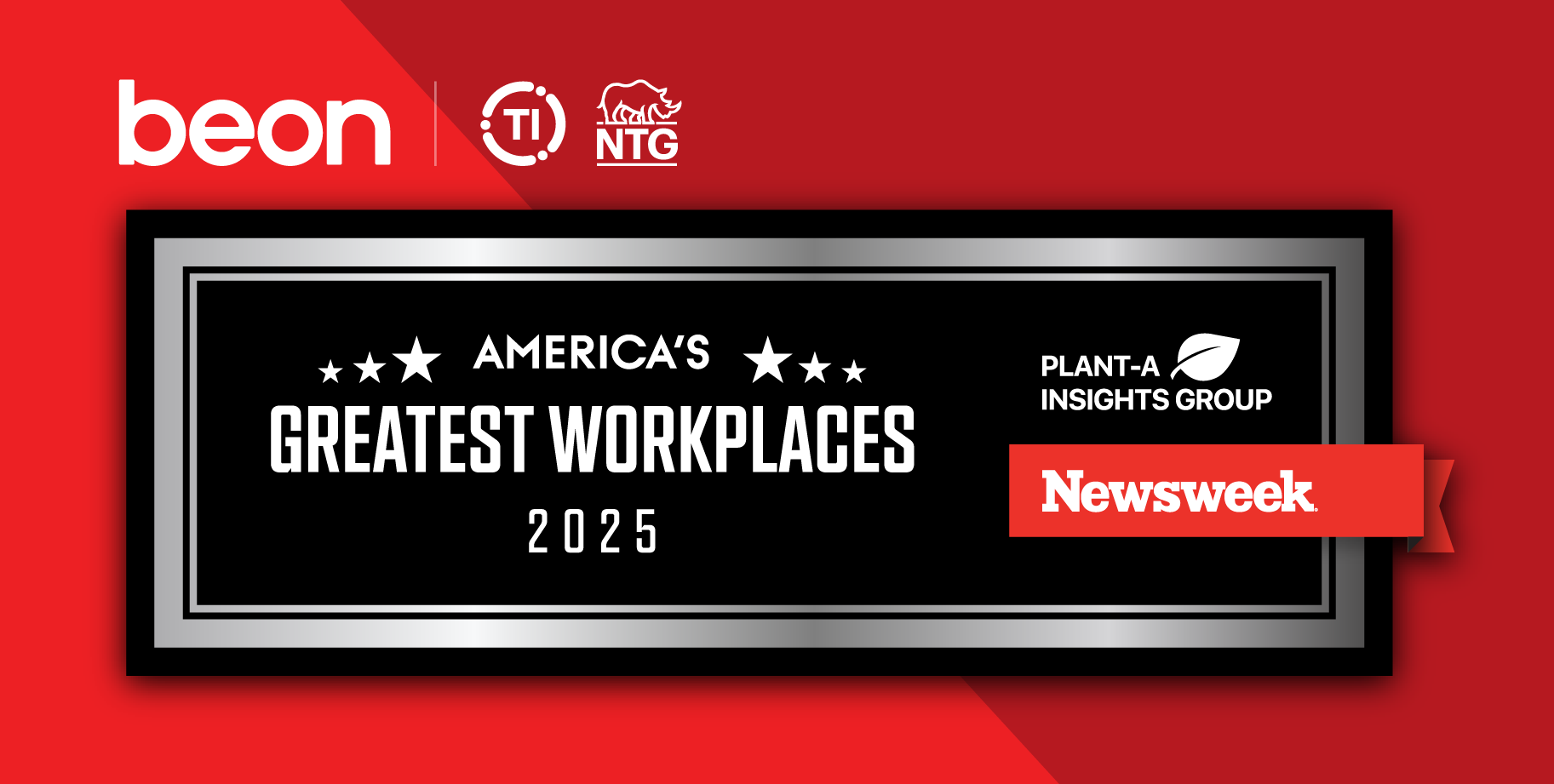THE STATE OF THE MARKET
Nov 17, 2021
The State of the Market

State of the Market Analysis by Drew Herpich, NTG’s Chief Commercial Officer
The last part of this year is shaping up to end on a very volatile note. Everyone continues to focus on the capacity and demand challenges that supply chains continue to face. Multiple complex factors play a role for current developments, but three main ones have shaped our industry in recent months.
Demand Levels Continue to Remain High Since Last Year
Heading into this year’s holiday season, there is continued demand for goods, both from a consumer standpoint and inventory response. The pandemic pushed e-commerce to the forefront and created a digital demand that will surpass $206 billion in purchases this holiday season in the United States alone. We’re living in a “just-in-time” purchasing world where our orders are slated to leave the shelf as soon as we click the “place order” button. Because of this, inventory levels have been depleted. Inventory levels are at an all-time low relative to sales figures and have been for the better part of this year. They cannot currently catch up to the pace of sales, resulting in many of the product shortages we’re seeing today.
Fragmentation of Capacity Market
The last two years have pushed supply chains to the brink of efficiency with uncertainty, disruptions, shortages and overall supply chain pressures. This is not likely to alleviate anytime soon, but we possibly might see levels begin to soften in the second half of 2022, assuming consumer demand levels off and truck production ramps up by then.
In terms of equipment, both trailers and Class 8 trucks are in great demand across the board, and next year will be the “year of the trailer” in our industry. The backlog continues to grow for equipment production, spilling well into the next year. On the brighter side, used equipment purchases are on the rise, meaning smaller carriers are entering the market at higher levels than before.
“The driver shortage has become more of a driver shift, where many carriers are choosing to go from Class 8 trucks to sprinter and cargo vans for more lucrative expedited and final mile opportunities.”
Drew Herpich, CCO of NTG
From a labor perspective, the driver shortage has become more of a driver shift, where many carriers are choosing to go from Class 8 trucks to sprinter and cargo vans for more lucrative expedited and final mile opportunities. More carriers are choosing to run shorter expedited routes in lieu of long-haul loads across the country. Expedited equipment is still very much in demand and carriers are gravitating towards higher premiums due to urgent digital commerce.
In addition, when the infrastructure law takes full effect, many carriers might shift from FTL & expedited to more lucrative construction opportunities. There could likely be large projects in play with this law, keeping drivers occupied with projects for 3, 6, 12 months at a time, which in turn further depletes the capacity.
Supply Chain Disruptions
By now, we’ve all heard about the congestions in some of our biggest ports across the country. Container volumes are at very high levels. Currently, the average wait time for a ship to berth off the coast of California is 17 days, which is extremely rare. The latest count shows over 80 ships and $30B dollars’ worth of goods are waiting to dock in CA ports. This makes the container costs surge for shippers, which in turn pass on those costs to consumers.
Just recently, the industry has received some relief with the port congestion. The federal government outlined port initiatives to increase efficiency and help unclog some of the congestion. At the Port of Los Angeles, hours of operation have increased but warehouse hours remain the same. That means the container goods might be offloaded late at night but the warehouses storing those goods are not open and they certainly don’t have enough people to unload the products during business hours. Nationally, the government will pay for port upgrades in the next 90 days and will allow ports to redirect grand funds to address the current supply chain issues. This allows ports to create more container yards to free up dock space and keep goods flowing faster. It’s too early to say how much relief these new initiatives will have in the short-term.
STAY PREPARED: The supply chain industry as a whole has been in a very unique and difficult place for the last two years. The disruptions, uncertainty and imbalance will continue for the first half of 2022 and every player in the industry – shippers, 3PLs, carriers – needs to stay alert and be able to adapt to the current supply chain landscape and any unknown challenges that still lay ahead.
Recent Posts

Beon Rewards FAQs



